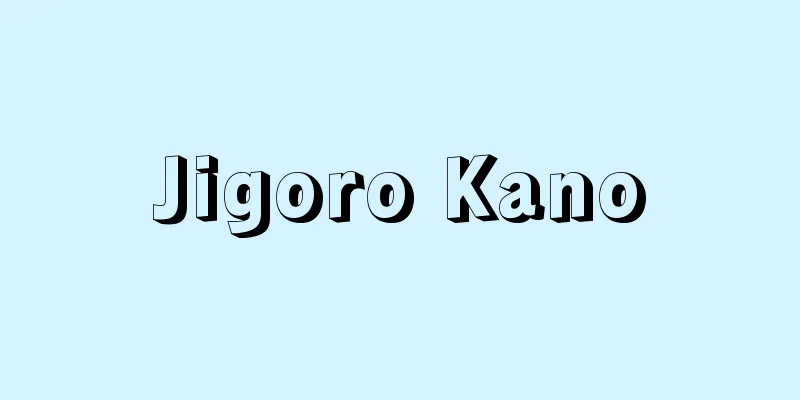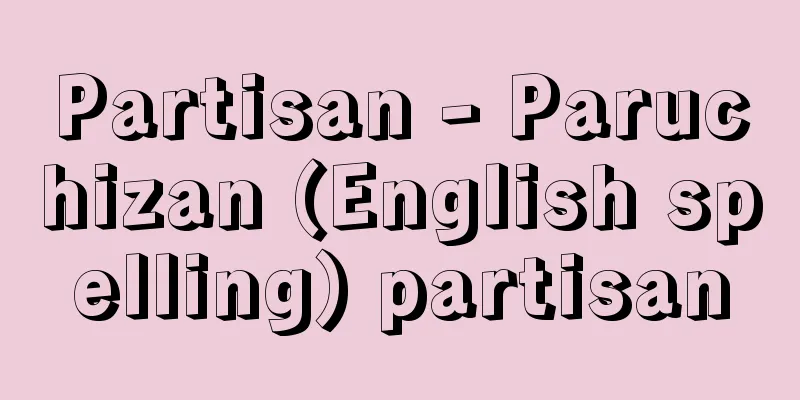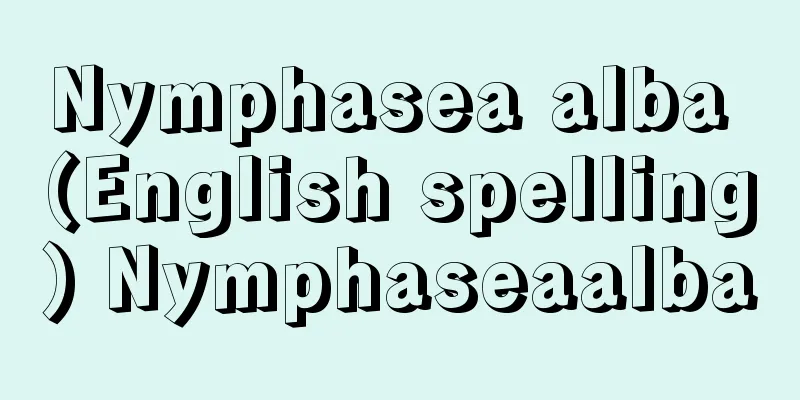Jigoro Kano

|
Educator from the Meiji to Showa eras. Founder of Kodokan Judo. Born as the third son of Kano Jirosaku Mareshige (1813-1885), a shipping wholesaler from Mikage Village, Ubara County, Settsu Province (now Mikage, Higashinada Ward, Kobe City). His childhood name was Shinnosuke. His father, Jirosaku, was selected to serve the Shogunate's shipping department in Osaka, and in 1867 (Keio 3), he was a great contributor to opening the first regular shipping route between Edo, Kobe, and Osaka using a Western-style ship. After the Meiji Restoration, he served in the new government and was appointed Chief Secretary of the Navy in 1884 (Meiji 17). In 1870, Shinnosuke moved from Mikage to his father's residence in Kakigaracho, Tokyo. After studying at the Mitsukuri Shuhei Private School and other schools, he went on to study politics and finance at the Faculty of Letters of the University of Tokyo, and after graduating he went on to study philosophy. In 1883, he became a lecturer at Gakushuin, and gained the trust of the head of the school, Tani Kanjo, and four years later was appointed professor and vice principal. Meanwhile, while he was still a student at university, he turned his attention to old-style judo as a way to overcome his natural weakness and train his will. He studied Tenjin Shinyo-ryu and then Kitouryu, and realized the educational value of judo. He resolved to create a new judo by drastically streamlining and systematizing judo, and to make its dissemination his lifelong work. In 1882, he founded the Kodokan by renting part of Eishoji Temple in Kitainari-cho, Shitaya. Soon, talented martial artists such as Shiro Saigo and Sakujiro Yokoyama gathered under his apostleship, and in September 1884, he showed great performance at a martial arts tournament sponsored by the Metropolitan Police Department, which made him well known. He continued to demonstrate the true value of Kodokan Judo to the world through a series of lectures and speeches, such as "A Glimpse of Judo and its Educational Value" at the regular meeting of the Greater Japan Educational Association in 1891, and established the technical and theoretical foundations of Judo. In January 1892, he returned to Japan after completing a year-long inspection of educational conditions in Europe, and in April of the same year he transferred from Gakushuin to the Ministry of Education as a counselor, and after serving as the principal of the Fifth Higher Middle School and other positions, he was appointed principal of Tokyo Higher Normal School in 1894. Over the next 24 years, despite two interruptions, he worked hard to expand and develop the school, including the realization of a four-year physical education program, and made a significant contribution to the renewal of normal education. He also invested his own money in the management of Ekiraku Shoin and Kobun Gakuin to educate students from China, which had increased rapidly after the Sino-Japanese War. In 1909 (Meiji 42), at the request of French ambassador Auguste Gérard (1852-1922), he became the first Asian member of the IOC (International Olympic Committee), and in 1911 he organized the Dai Nippon Taiiku Kyokai (now the Japan Sports Association) and became its first president. The following year, in 1912, he led the Japanese delegation to the 5th Olympic Games in Stockholm, marking Japan's first appearance in the Olympics. After retiring as principal of Tokyo Higher Normal School in 1920 (Taisho 9), he founded the Kodokan Cultural Association, where he preached about the application of judo principles to the lives of the people, and in 1933 (Showa 8) he built his long-awaited large dojo in front of Suidobashi Station in Tokyo. He also traveled abroad whenever he had the opportunity, working to popularize judo overseas, but from 1932 onwards he devoted himself passionately to bringing the Olympic Games to Japan, and at the IOC Berlin Session in 1936 he won the right to host the 12th Olympic Games in Tokyo four years later, and then, despite his advanced age, attended the IOC Cairo Session in 1938, where he succeeded in winning the bid to bring the Winter Games to Sapporo. However, on the way back from Cairo, he fell ill with pneumonia aboard the Hikawa Maru in the Pacific Ocean, and died on May 4th. [Ichiro Watanabe] "The Memorial Issue of Kano Sensei" (Judo Vol. 9 No. 6, 1938, Kodokan) ▽ "Kano Sensei Biography Compilation Committee ed. Kano Jigoro (1964, Kodokan)" ▽ "Kano Jigoro" by Kato Nihei (New Physical Education Lectures Vol. 35, 1964, Shoyo Shoin)" ▽ "Kano Jigoro Collected Works, Commentary by Matsumoto Yoshizo, 3 volumes (1983/New Edition, 1992, Satsuki Shobo)" [Reference items] | | | | | | | | | |©Shogakukan Library "> Jigoro Kano Source: Shogakukan Encyclopedia Nipponica About Encyclopedia Nipponica Information | Legend |
|
明治~昭和の教育家。講道館柔道の創始者。摂津国菟原(うばら)郡御影(みかげ)村(現、神戸市東灘(ひがしなだ)区御影)の廻船(かいせん)問屋、嘉納治郎作希芝(まれしげ)(1813―1885)の三男に生まれる。幼名伸之助。父の治郎作は、選ばれて大坂の幕府廻船方の御用を勤め、1867年(慶応3)には日本最初の洋式船舶による江戸―神戸―大坂間の定期航路を開いた功労者で、維新後は新政府に出仕し、1884年(明治17)には海軍権(ごん)大書記に任ぜられている。1870年に御影から東京・蠣殻(かきがら)町の父の邸(やしき)に移った伸之助は、箕作秋坪(みつくりしゅうへい)塾などでの勉学ののち、東京大学文学部政治学科および理財学科に進み、卒業後さらに哲学科選科を卒(お)えた。1883年学習院の講師となり、院長谷干城(たにかんじょう)の信任を得、4年後には教授兼教頭を命ぜられた。 一方、彼は大学在学中から生来の虚弱非力を克服し、自らの意志を鍛錬する手段として古流柔術に注目した。天神真楊流(てんじんしんようりゅう)さらに起倒流(きとうりゅう)を学び、柔術の教育的価値を痛感し、柔術の抜本的な合理化と体系化によって柔道を新たに生み出し、その普及を終生の事業とする決意を抱くに至った。1882年、下谷(したや)北稲荷(きたいなり)町の永昌(えいしょう)寺の一部を借りて講道館を創始、やがて門下に西郷四郎、横山作次郎らの俊秀が集まり、1884年9月の警視庁主催の武道大会に大活躍をみて、一躍その存在を知られることとなった。その後も1891年の大日本教育会常集会における「柔道の一斑(いっぱん)と其(その)教育上の価値」に代表される一連の講義・講演により講道館柔道の真価を世に問うとともに、柔道の技術的・理論的基礎を確立した。 1892年1月、1年間の欧州教育事情視察を終えて帰国、同年4月学習院から文部省参事官に転じ、第五高等中学校校長等を経て、1894年東京高等師範学校校長を命ぜられた。以来24年にわたって、二度の中断はあったが、4年制の体育科の実現など同校の拡充発展に尽力し、師範教育の刷新に大きく貢献した。また私財を投じ、日清(にっしん)戦争後急増した清国留学生教育のために亦楽(えきらく)書院、さらに弘文(宏文)(こうぶん)学院の経営に尽瘁(じんすい)している。 1909年(明治42)フランス大使ゼラールAuguste Gérard(1852―1922)の要請を受け東洋最初のIOC(国際オリンピック委員会)委員となり、1911年には大日本体育協会(現、日本スポーツ協会)を組織しその初代会長に就任、翌1912年の第5回オリンピック・ストックホルム大会の日本選手団団長として日本初の出場を果たした。1920年(大正9)東京高師校長退任後は講道館文化会を創立し、柔道原理の国民生活への応用を説き、1933年(昭和8)には念願の大道場を東京・水道橋駅前に建設した。また機会あるごとに外遊し、柔道の海外普及を図ったが、1932年以降はオリンピックの日本招致に情熱を傾け、1936年のIOCベルリン総会で、4年後の第12回大会の東京開催の権利をとり、さらに老躯(ろうく)をおして1938年のIOCカイロ総会に出席、冬季大会の札幌招致に成功した。しかし、カイロからの帰途、太平洋上の氷川丸(ひかわまる)船中で肺炎を発病、5月4日、死去した。 [渡邉一郎] 『「嘉納先生追悼号」(『柔道』第9巻第6号・1938・講道館)』▽『嘉納先生伝記編纂会編『嘉納治五郎』(1964・講道館)』▽『加藤仁平著『嘉納治五郎』(『新体育講座 第35巻』1964・逍遙書院)』▽『松本芳三解説『嘉納治五郎著作集』全3巻(1983/新装版・1992・五月書房)』 [参照項目] | | | | | | | | | |©小学館ライブラリー"> 嘉納治五郎 出典 小学館 日本大百科全書(ニッポニカ)日本大百科全書(ニッポニカ)について 情報 | 凡例 |
Recommend
Hetsugi Shozaemon
Year of death: September 21, 1652 (October 23, 165...
Hot Springs Resort - Yunosho
A manor located in Futakata County, Tajima Provinc...
Water buffalo
...Wild species are distributed in the tropical r...
roton
…The constituent particles themselves may follow ...
Bow - Yumi
A type of weapon that uses the elasticity of a st...
American Plan
...The national government implemented policies t...
"Alpine Symphony" - Arupusukoukyoukyoku
…As a composer, he abandoned symphonic poems in t...
Muslim b.al-Walid (English spelling)
...The person who brought this new style was the ...
Foreign body - Ouch
〘Noun〙① = itei (different body) ※Uta Andon (1910)〈...
Shigemi Kirihara
1892-1968 A psychologist from the Taisho and Show...
Ota Manor - Ota no Sho
This manor was located in Sera County, Bingo Prov...
Ionic polarization
Also known as interfacial polarization. A type of ...
Mt. Akuzawa
A mountain in the central Akaishi Mountains, on th...
box-office (English) boxoffice
...All of these are part of the film industry'...
Water maize (English spelling)
...High temperatures are required for cultivation...




![Sanbu [town] - Sanbu](/upload/images/67cbb65c8408c.webp)




